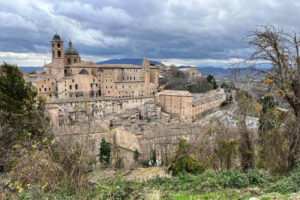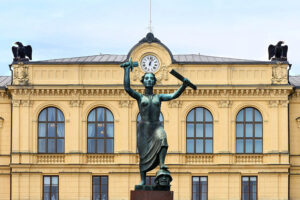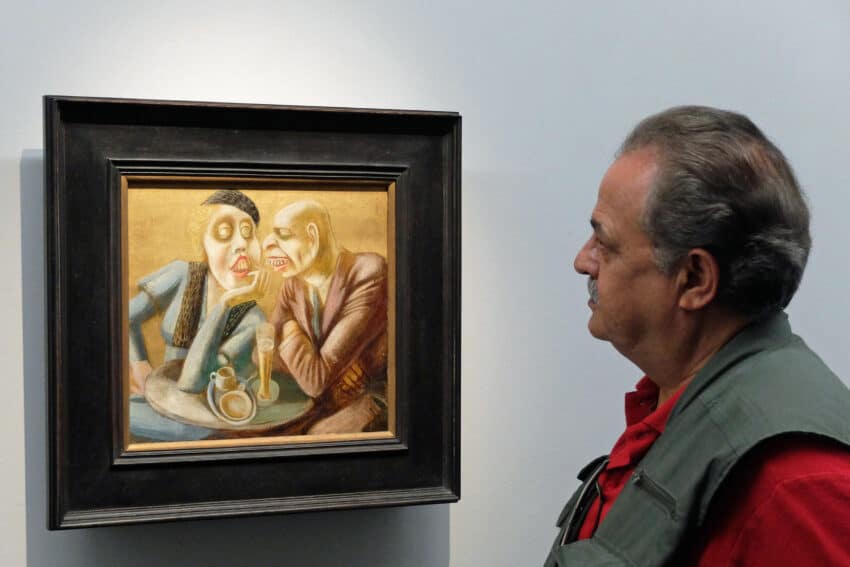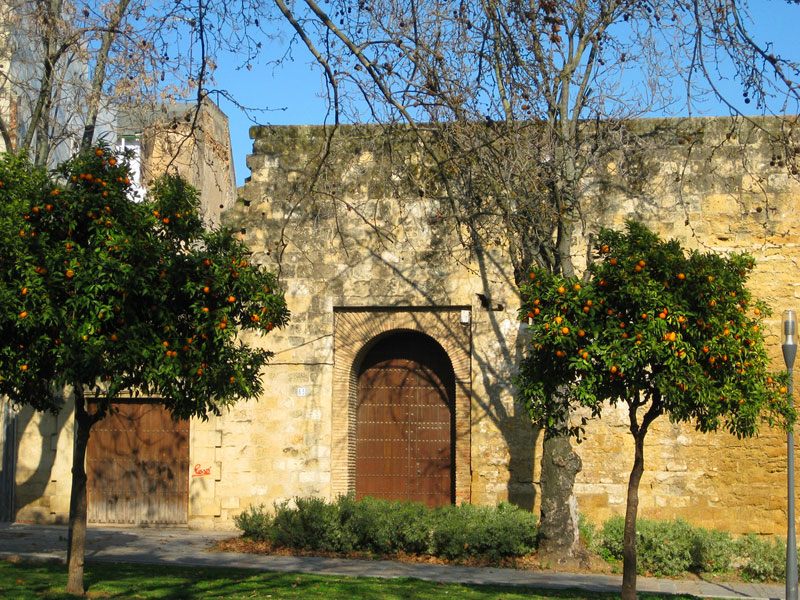
A Walk Through Spain’s Córdoba
By Tristan Cano
Originally founded in Roman times, Córdoba went on to be one of Europe’s largest cities and one of the first to reach one million inhabitants. It was the capital of Al-Andalus and a center of culture and learning which was largely considered to be the spiritual heart of Islamic Spain.
Centered around the imposing Mesquita (Mosque), the largest in Spain, Córdoba’s historic streets are an eclectic mix of the many different cultures and religions which have lived there through the centuries.
These cultural influences are reflected in its many historic buildings and unique architecture, not to mention the labyrinth of cobblestone streets lined with orange trees and some of the most charming squares you will find in all of Andalucía.
Seeing the sights
The obvious starting place to begin exploring this great city is in the Mesquita itself, which, in its mix of Muslim and Spanish architecture, is in many ways an analogy of the city as a whole.
When the Moors were ousted from Córdoba at the end of the 15th Century, zealous Christian rulers tore out its center and built a cathedral inside the Mesquita’s main prayer hall.
While some visitors may marvel in the remarkable intermingling of styles, the symmetry that this great building must once have had is no more.
King Carlos V of Spain made the acute observation that his clerics had “destroyed something unique in the world to build something [they] could have put up anywhere.”

The building’s battlements and bell tower are worthy of examination from the perimeter or indeed from the internal Patio de los Naranjos to which entry is free of charge.
Access to the Mosque itself will set you back a somewhat hefty €8.00 per person, however, entry is free of charge between 8:00 and 10:00 a.m. on Monday mornings.
Murky Waters
Flowing to the south of the Mesquita are the murky brown waters of the Guadalquivir River, which have afforded Córdoba’s residents protection from invaders throughout the centuries.
A number of bridges connect the two sides of the river with the most notable being the Puente Romano from where the remains of a Moorish water mill can still be observed on the flowing waters below.
The Calahorra Tower at the southern end of the bridge houses the fascinating Museo Vivo de Al-Andalus and some of the best views of the Mesquita and Córdoba’s old town can be enjoyed from the museum’s roof.
On the northern end of the Puente Romano and also worthy of mention is the Alcázar de los Reyes Cristianos, a castle-fortress with beautiful gardens built by Christian monarchs on the site of a former Moorish fortress.
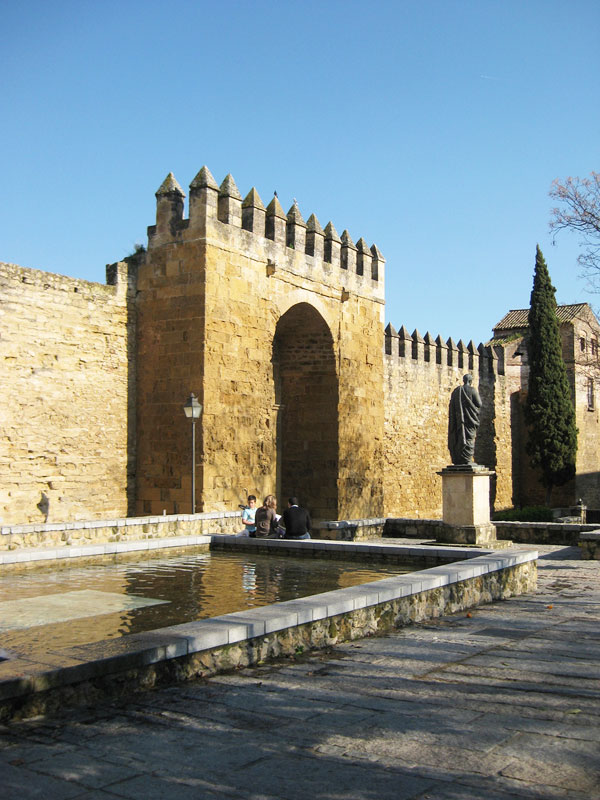
This castle is built in an Islamic style; however, like the Arab baths and Moorish-influenced gardens within its walls, it was actually constructed during Christian times.
Fittingly the Alcázar centers on the Patio Morisco or the Courtyard of the Moriscos. ‘Morisco’ was the term used to describe any Muslim who converted to Catholicism during the recapture of Spain.
The castle has three towers and the Torre de la Inquisición contains a stunning display of mosaics and a sarcophagus dating to the Roman occupation of the city.
For genuine Moorish architecture and design, you will need to venture about five kilometers out of town to the ruins of the palace of Medina Azahara which were only discovered in the early 1900s after having been lost and almost forgotten for over 900 years.
When should I visit?
Córdoba is beautiful all year round, however never more so than in late spring and early summer, when all the flowers in the squares and whitewashed patios are in full bloom.
The Festival de Patios held annually in the second week of May is a city-wide competition to find the city’s most beautifully designed patio. It also provides a perfect opportunity for visitors to shamelessly patio-hop their way around some of the most colorful patios imaginable.
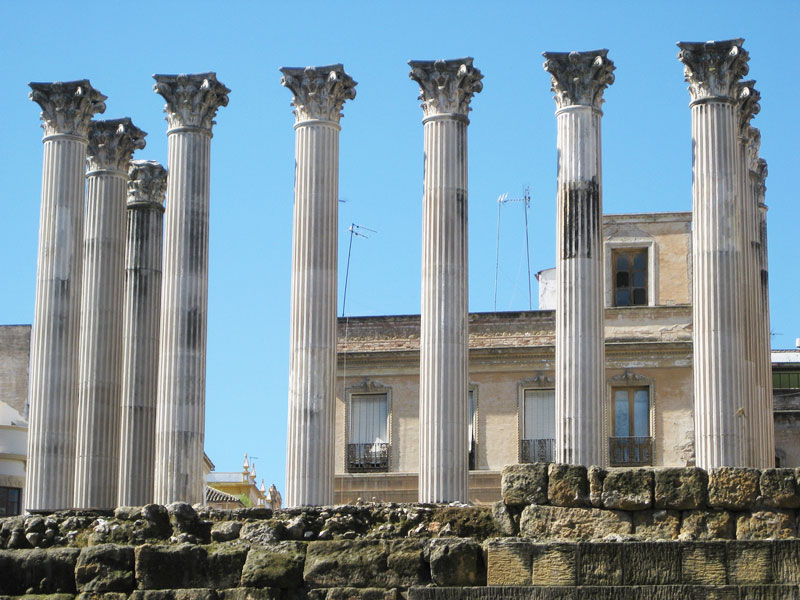
Be sure to visit Calleja de las Flores, close to the tower side of the Mezquita, a charming street leading to typical Córdoban square with a small fountain.
The feria is held at the end of May and that is also a perfect time to visit the city, as is the International Guitar Festival which is held in July each year and attracts music lovers from all over the world.
Feeling hungry?
Eating-out is a way of life in Córdoba, and there are plenty of fine eateries in which to do so within the elegant Jewish quarter which also houses Andalucía’s only surviving 13th-century synagogue.
There are plenty of excellent tapas bars in the area surrounding the Mezquita such as on Calle Deanes and Calle Cespedes which is also where many of the best hotels are located.
Be sure to try the local Salmorejo (a cold vegetable soup made with tomatoes and sprinkled with hard-boiled egg and Serrano ham) which is one of Córdoba’s most famous exports. You will also find flamenquínes on the menu, mouthwatering pork fritters with Serrano ham which are inexplicably shaped like large breaded sausages.

For a truly unique experience, dine in the patio of one the fine dining establishments near Puerta de Sevilla or on Plaza de la Corredera, the city’s version of Madrid’s Plaza Mayor where thousands flock to see in the New Year.
How to get there
There are no regular scheduled or charter flights into Cordoba airport so your best bet is to fly into Malaga Airport which is the main connecting hub for the region. The airport in Seville is also a useful gateway for Andalucía.
The AVE train runs from either of these two airports and gets you to Córdoba in around one hour.
You can check RENFE train schedules here. To drive from Malaga airport take the AP-7 Motorway towards Malaga and join the A-45, taking exit 405 in the direction of Córdoba’s City Center.
- Roman Ruins and More in Malaga, Spain - March 11, 2019
- Alhambra Palace and More in Granada Spain - July 16, 2013
- The Rock of Gibraltar: Dining and Shopping, Page Three - August 18, 2012


